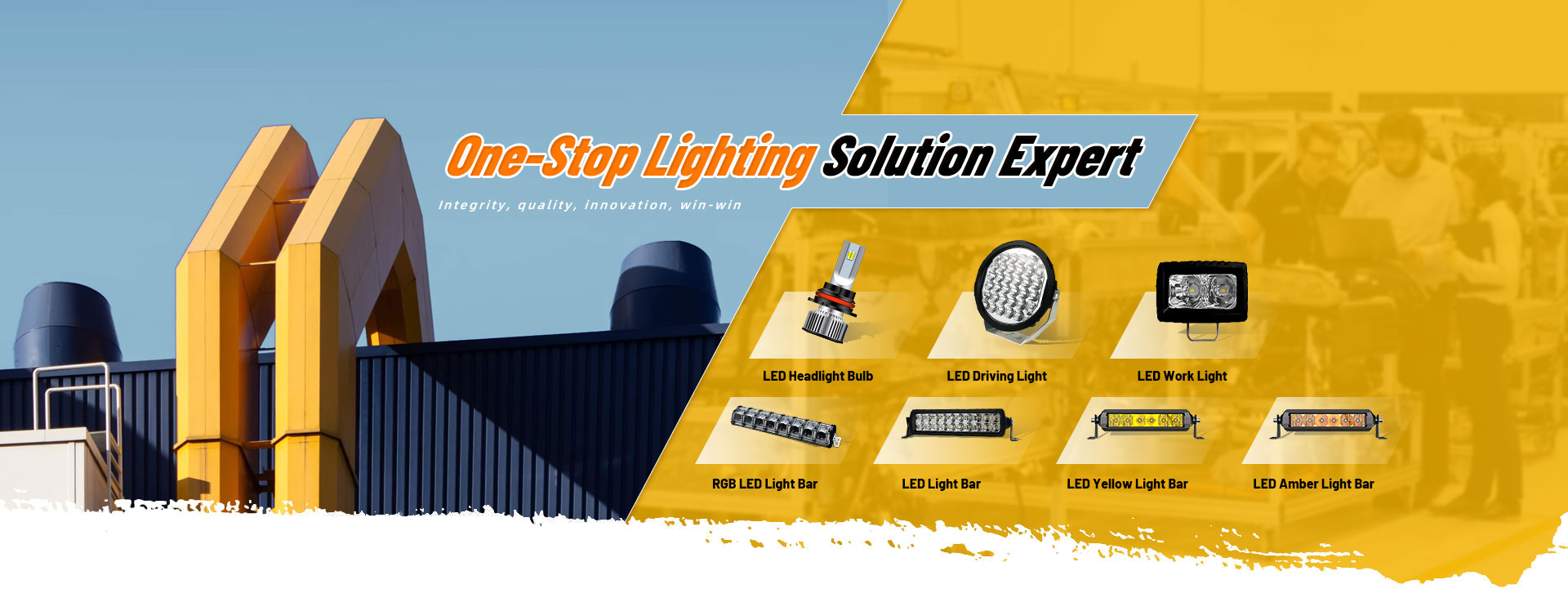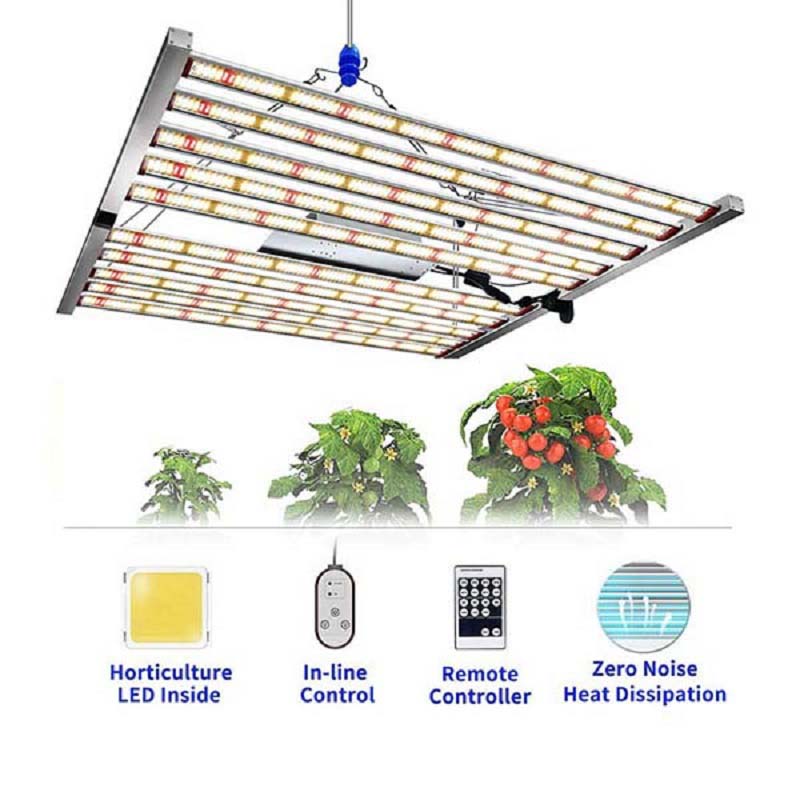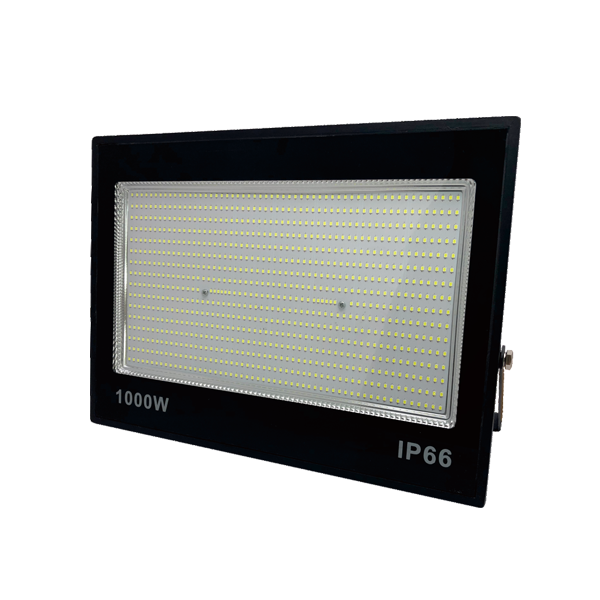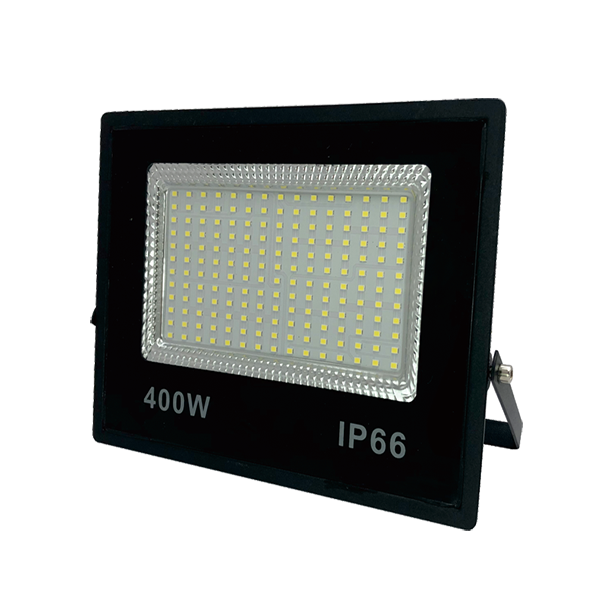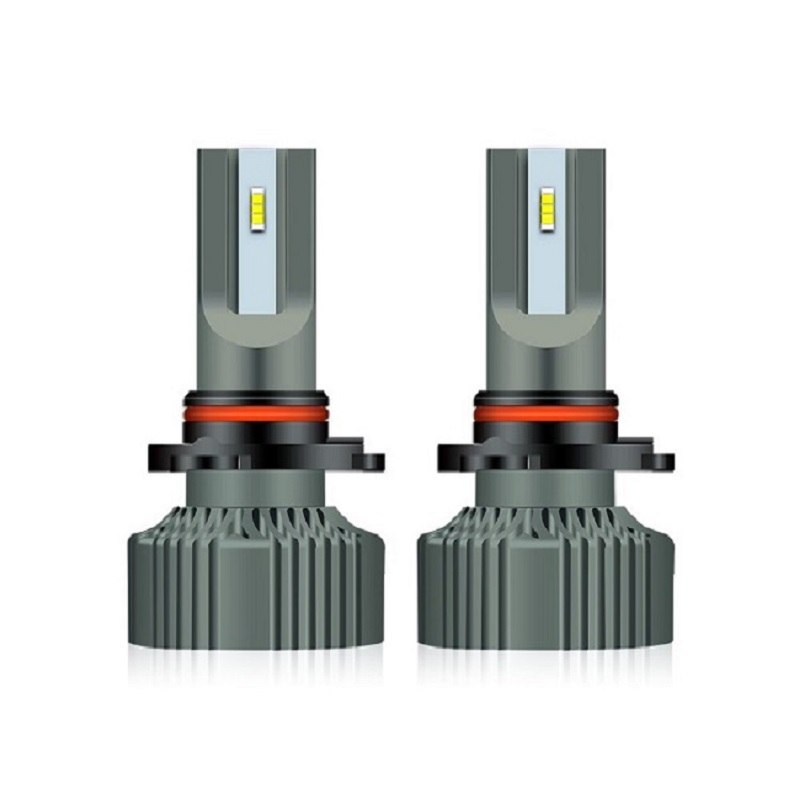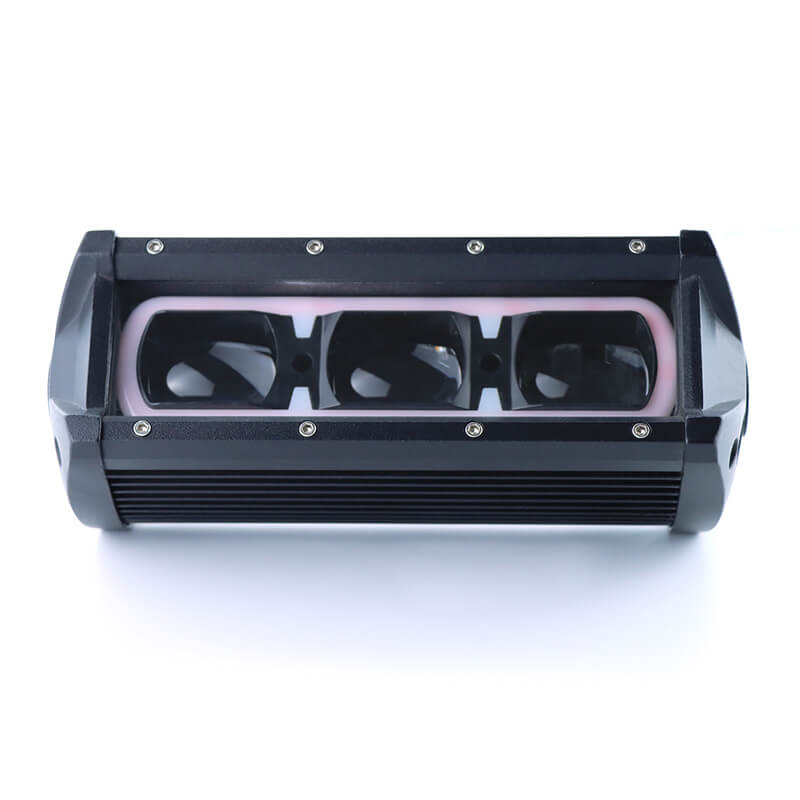Due to the different spectra, there are several types of growth lamps on the market, from simple incandescent lamps, fluorescent lamps to HID and then to LED lamps.
The following introduces the advantages and disadvantages of the different types of plant grow light prices on the market.
Incandescent lamp
Incandescent lamps are the lowest priced plant grow light. A good 150-watt light bulb can be purchased at a local hardware store for only a few dollars. Incandescent lamps can keep plants growing in a small house, but it is not the best choice if it is an indoor large garden.
Fluorescent lamp
For a long time, fluorescent growth lamps have low output, are too large and bulky to play a good role, so they are used as growth light for seeds or seedlings. Generally speaking, fluorescent lamps are not a good choice for flowering and budding plants due to their low lumens, but they are a good choice for herbs and other plants that do not require a lot of light. Fluorescent lights can be purchased at local hardware stores or garden supply stores for less than $40.
HID
The HID lamp is the brightest and the efficiency is very high, but the price is also high. A 1000-watt HID lamp can produce the same amount of light as 50 40-watt fluorescent lamps.
In the HID category, there are several types of bulbs: high pressure sodium lamps, metal halide lamps, low pressure sodium lamps and mercury vapor lamps. Indoor gardeners only need to worry about high-pressure sodium lamps or metal halide lamps. The most common specifications are 400 watts and 1,000 watts. 400 watts can provide enough light for about 15 square feet (1.4 square meters) of gardens. A 1,000-watt lamp can cover an area of about 4.5 square meters. For rapid growth, about 25 watts of HID lights can be used per 0.09 square meter.
The metal halide lamp is blue and white, which is conducive to the lush growth of leaves and keeping plants compact. It is best used as the main light source. A single bulb can last about 10,000 cumulative hours. (The bulb will continue to glow for more than 10,000 hours, but the light will decrease, so it is best to replace it before burning.) Metal halide lamps are also a lumen power source. They can produce up to 125 lumens per watt, compared to 39 lumens per watt for standard fluorescent lamps and 18 lumens per watt for standard incandescent bulbs.
The high-pressure sodium lamp is reddish orange, which is most suitable for flowering plants. At the same time, it is also economical because its average life span is twice that of metal halide lamps. High-pressure sodium lamps produce up to 140 lumens per watt. Their main disadvantage is that they do not produce light in the blue spectrum. If the high pressure sodium lamp is the only source of plants, then the plants will grow lanky, which is not the type of plant most gardeners want.
The length of the plant grow light should be based on the plant and its needs. Most plants and vegetables need about 10 to 12 hours of light a day to grow. Plants that produce fruits or flowers require more time: up to 16 hours a day.
LED Plant Grow Light
LED plant grow light uses LED as the luminous body, which can provide the required light conditions to meet the photosynthesis of plants in an environment lacking sunlight, so that the plants can grow and develop normally or better. LED lights have the functions of strengthening roots, promoting, adjusting flowering period and flower color, promoting fruit ripening and coloring, and improving taste and quality.
In recent years, LED lighting technology has developed rapidly and has many characteristics different from other electric light sources, which makes it the first choice for energy-saving and environmentally friendly light sources.
Compared with the previous three similar products, LED plant grow light is more powerful and efficient, and the cost is lower. They can save electricity and generate less heat. Less heat can bring the plant light closer to the plant, and there is no need to worry about the plant being scorched. Because of this, LED lights can effectively promote better plant growth, so LED plant grow light is widely adopted worldwide.
LED plant grow light also has the following characteristics: rich wavelength types, which coincide with the spectral range of plant photosynthesis and light morphology; narrow half-width of the spectrum wave width, can be combined as needed to obtain pure monochromatic light and composite spectrum; light of specific wavelengths can be concentrated Irradiate crops in a balanced manner; not only can adjust the flowering and fruiting of the crops, but also control the plant height and nutrient content of the plants; the system generates less heat and occupies a small space. It can be used for multi-layer cultivation and three-dimensional combination system, which realizes low heat load and miniaturization of production space.
The advantages of LED light sources are high luminous efficiency, long service life, safety and reliability, environmental protection and energy saving, so the prospect of LED in the lighting market will be more concerned.

